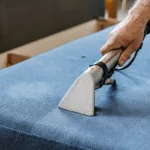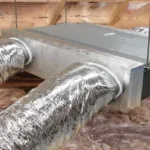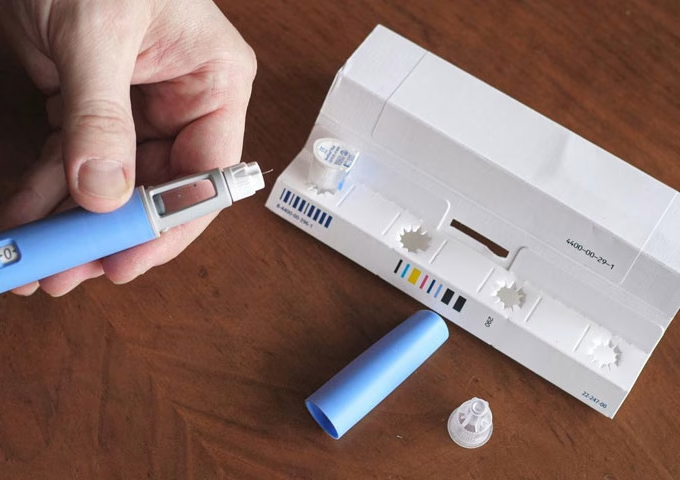When most people think of spandex, they envision the stretchy leggings and jumpsuits that were a fad during the 1970s disco era. However, this synthetic fabric has a much longer history.
Spandex is found in many form-fitting clothing garments like swimwear, dance costumes, and activewear. Even more casual apparel like joggers often have spandex in the waistband to allow for slight weight fluctuations without creating a gap.
Embroidery
Embroidery is an ancient technique used in traditional clothing and many religious practices. The art of embroidery has been passed down through generations and is still used today by professional embroiderers. Whether you’re making an outfit or need to repair a damaged piece of clothing, embroidery is the perfect way to add style and personality.
What is spandex fabric? Spandex fabric is a stretchy, comfortable material used in workout clothes and activewear. It’s also famous for use in tee shirts and tights because it stretches with the body, offering support and preventing the wearer from feeling restricted while moving. Spandex is also breathable, allowing the wearer to move without letting sweat build up and cause discomfort.
Elastane (spandex) is a synthetic polymer that can make stretchy fabrics. It’s often combined with natural fibers like cotton and wool and other manufactured fibers such as polyester to give them elastic capabilities. It can also be found in super-stretchy blended fabrics such as neoprene, used for neoprene suits and swimwear.
If you have cotton-spandex blend clothing, be sure to wash it using a mild detergent that’s free of dyes and fragrances. The elastane component in the blend is sensitive to heat and can become stretched out of shape if overheated. You should also avoid putting your cotton-spandex clothes in the dryer, as this can cause them to shrink or lose their elasticity.
Sewing
Spandex is a synthetic fabric used to make everything from sportswear to swimsuits and lingerie. It’s also popular in woven and knit fabrics to add stretch and recovery. Pure spandex can be expensive, so it’s often used in blends with other materials. Following the care instructions on the fabric’s label is essential to maintain its elasticity.
Sewing with spandex can be difficult, but it’s possible to get great results if you follow a few simple tips. For example, it’s important to pre-wash the fabric before cutting it. This helps to prevent it from stretching out of shape and can save you a lot of frustration when sewing! It’s also a good idea to use sharp scissors and to pin the fabric together before you sew it. Spandex tends to stretch and move as you sew, so tacking it will help to keep it in place.
Finally, you must use a stretch stitch on your machine and test the fabric on scraps before working on your project. A zigzag stitch usually works best, but you can also try a triple straight or blanket stitch. Also, use a stretch needle and all-purpose polyester thread to avoid skipped stitches.
Painting
Spandex and elastane are commonly used in form-fitting clothes like leggings, yoga pants, or shapewear. Adding a bit of color to these clothes by painting is an easy way to stylize them without buying new clothing. Using fabric paint that can be applied with an iron, you can create a design or pattern on the spandex material that will last longer than other paints. However, you must paint the fabric while still stretched out to ensure even coverage. Ironing the garment afterward can also help set the paint, but you should use a low heat setting so you don’t ruin the elasticity of the fabric.
Elastane is an artificial fiber often added to fabrics with sustainable natural fibers to give them stretchy capabilities. It is usually found in blends with cotton, for example, in stretch jeans or socks. It can also be added to neoprene suits and swimwear. The smooth, rubber-like nature of elastane allows it to fit nicely against the body and is durable against abrasions. It can also withstand repeated stretching and flexing. The synthetic fiber absorbs little moisture, so clothes from it feel comfortable and dry quickly. However, it can develop unpleasant odors more rapidly than clothes made from natural fibers.
Wash your cotton-spandex clothes in cold water with a mild detergent and fabric softener to keep your cotton-spandex clothes feeling fresh and comfortable. A presoak in a cool water and baking soda mixture can remove lingering smells from the clothes. You can also hang them up to air dry, but be mindful of the temperature of your dryer, as cotton will shrink if exposed to hot water or high heat.
Crafting
Spandex fibers are more rigid and resilient than other elastic materials like rubber, making them ideal for creating form-fitting garments that fit comfortably against the body. The elasticity of these fabrics can also enhance comfort during strenuous physical activity by allowing them to conform to the body’s movements. However, the environmental impact of spandex is significant due to its non-biodegradable properties, which contribute to landfill waste.
Spandex is used in various clothing items, including yoga pants, swimwear, and activewear. It is also frequently added to outerwear fabrics, such as coats and blazers, to enable a snug fit, freedom of movement, and enhanced comfort. The fabric’s elasticity also allows it to retain shape after repeated wear.
The fabric’s stretchiness makes it popular for undergarments, such as bras and panties. It is often added to swimsuits, as well, because it helps provide a flattering silhouette and enhances comfort during physical activity.
Because of its versatility, polyester spandex fabric can be sewn by hand or on a regular sewing machine. When sewing, it is essential to use a ballpoint needle to reduce the risk of snagging or breaking the fabric. It is also necessary to gently stretch the fabric as you sew it to maintain its elasticity. When it is time to press seams, use a low heat setting or pressing cloth to prevent damaging the fabric.













